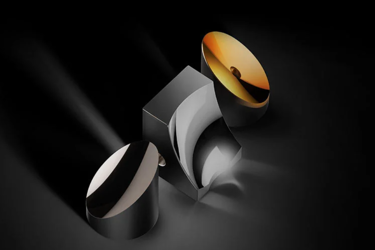Using IR Spectroscopy For Counterfeit Drug Detection

The opioid and counterfeit drug crisis is not slowing down. Unfortunately, overdoses from illegal drugs are hard to detect until it is too late. Spectroscopy technology using diamond-turned mirrors, beamsplitters, and other optical components is especially helpful for the detection of harmful chemical compounds that may be found in counterfeit opioids and other pharmaceutical drugs.
WHAT IS SPECTROSCOPY?
Spectroscopy is the study of the interaction between matter and electromagnetic radiation. In some spectroscopy applications, light emission and absorption from radiation are used to detect certain molecular compounds in samples.
There are several different types of spectroscopy including Raman, Fourier-transform infrared spectroscopy (FTIR), and infrared (IR) absorption. Raman spectroscopy is based on the scattering of light from the rotational or vibrational transition of molecules in a sample.
Get unlimited access to:
Enter your credentials below to log in. Not yet a member of Photonics Online? Subscribe today.
